Some of our students are “naturally strategic” readers. You know who I mean – those kids who figure out (seemingly on their own) that they should break up a word into chunks, or start a sentence over if they get stuck.
But – as I’m sure you already know – this is definitely not true for all of our students. For some kids, using decoding strategies doesn’t come quite as naturally.
So what can we do to help these students? What teaching and learning experiences should we create in order to help them become more strategic? What do we do when reading strategies just doesn’t seem to stick?
That’s exactly what I’ll be talking about in today’s post: how to teach decoding strategies to struggling readers. I’ll share some ideas for teaching decoding strategies and provide some freebies!
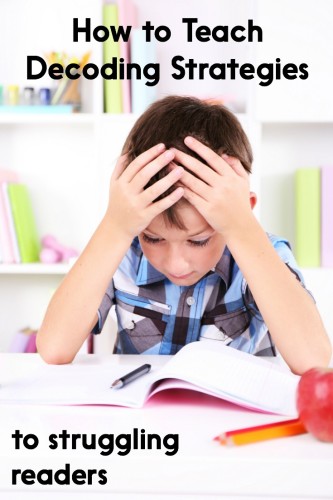 Photo Credits: Africa Studio, Shutterstock
Photo Credits: Africa Studio, Shutterstock
The Foundation: Phonological Awareness & Phonics Instruction
Before we start talking about strategies, we need to address what students need most in order to decode: strong phonological awareness and phonics skills.
A program like From Sounds to Spelling will give your students the explicit, systematic phonics (and phonological awareness) instruction they need to be successful.
And if a child is struggling with decoding, they may need a “double dose” of phonics instruction! For example, they participate in their classroom phonics instruction and receive outside help during reading intervention.
Without that strong foundation, many children just aren’t going to grow into successful decoders. You may see them memorizing words, over-relying on context, stumbling over longer words, etc.
Blending: The First Decoding Strategy
The first decoding strategy I teach students is simple: blend to read words.
We begin with CV words (like “up” or “in”) – students use their knowledge of those vowel and consonant sounds to read these words. Then we move onto CVC words, words with digraphs, blends, etc.
Students will decode words letter-by-letter for a long time! (Of course, the more practice they get, the more words they do learn by sight. When you, as an adult reader, see the word “hat,” you’re not decoding sound-by-sound. You recognize that word automatically. This is what’s happening for our beginning readers, too – but it’s important that we teach them to decode using phonics, not jump straight into memorizing regularly-spelled words.)
If you’re working with a student who’s been decoding for a while, you’ll want to determine which phonics patterns they know and how they’re tackling words. Grab a free phonics assessment here, and learn how to analyze students’ reading in this post.
Chunking: A Strategy for More Advanced Readers
At some point, readers begin to see words in “chunks.” Reading in chunks is quicker and more efficient. (Of course, we can’t skip straight to chunking because kids have to master blending first!)
For example, instead of reading the word “twig” as: /t/ /w/ /ĭ/ /g/, a reader might see “tw-ig.”
Breaking up words works with much longer words, too. Eventually, students will begin to encounter multisyllabic words. Knowing how to break up words into their syllables help students efficiently “attack” longer words.
This is not something that I personally learned to do as a student (or even as a teacher in my undergrad or graduate programs) BUT I’ve seen how effective it is with my students You can learn how to teach students to break up words into syllables in this post.
In my phonics program, From Sounds to Spelling, first grade students begin breaking up multisyllabic words once they’ve mastered CVC words. They’re going to encounter these words in text, and they need to have strategies to handle them!
Supporting Strategies
Although blending (and eventually chunking/syllabicating) are our foundational strategies, here are a few supporting strategies that I also teach:
- Try a different sound – this is especially powerful with vowels (example: “ea” can make a long or short e sound; if the reader tries one and it doesn’t work, try another sound!)
- If you’ve tried blending, chunking, breaking it up into syllables, etc. and you still aren’t sure, give it your best read and move on (this prevents students spending 3 hours on a single word)
- Look for the base word – for example, with the word “hatches,” students might experience more success if they notice the word hatch and then the ending -es (students can also cover up the word ending with their finger, read the base word, and then read the complete word)
- Look for a part of the word that you DO know – this is a “last resort” type of strategy (if students have tried blending / chunking and it’s not working, they can “zoom out” and look at the word as a whole to see if they recognize any parts)
- Listen to your own reading and fix mistakes (Even with great decoding skills, readers make mistakes! I encourage my students to pay attention to whether their reading makes sense, and if it doesn’t, they need to go back and look for the mistake.)
How To Teach Strategies
I’ve found modeling to be very effective when teaching decoding strategies!
In a classroom setting, I use shared reading as an opportunity to model decoding strategies. But I also model them in small group and reading intervention.
Guided practice is important, too. During guided practice, I may say the sounds and blend along with the students. Or I say and blend the first two sounds, and the students finish the word by blending the last sound.
Struggling decoders may need more opportunities to see you model a strategy. They may also need more guided practice and prompting to use strategies.
For some free resources to support your struggling decoders, sign up here and receive my free Intervention Toolkit:
Text-Based Teaching Conversations
Sometimes, even after lots of modeling and guided practice, students will still struggle. That’s okay! We can use text-based teaching conversations to support them.
First of all, what is a “text-based teaching conversation”? Here, I’m referring to a brief, focused conversation with a child about a specific text – a conversation that helps the reader develop positive reading behaviors.
Here’s an example. Let’s imagine that a group of children are reading a text. A student misreads the word “twig” for “tree.”
Student: One day, the caterpillar hangs from a tree.
Teacher: You said, “One day, the caterpillar hangs from a tree.” (Points to “twig” – the word the student misread as “tree.”) What letter would you expect tree to end with?
Student: E.
Teacher: That word doesn’t end with “e,” so it doesn’t match what you said. Try it again.
Student: …the caterpillar hangs from a t-w-i-g. Twig.
Teacher: This time, you blended the sounds and read the whole word. Now you know it says “twig.”
In this conversation, the teacher is encouraging the child to make the print match what she reads, as well as read all parts of the word.
This is just one example, but during a teaching conversation, you may do one or several of the following things:
- Restate what the child read: You said, “One day the caterpillar hangs from a tree.” This gives the child another chance to hear any miscues, since she may have been very focused on the act of decoding the print and failed to self-monitor for that reason.
- Summarize what strategy a child used: You blended the sounds and read the whole word. Putting a child’s strategy use into words helps provide clarity and encourages her to use that strategy again in the future.
- Briefly teach a strategy
- Prompt the child to use a strategy
- Tell the student a tricky word (if necessary)
In general, you want to keep a text-based teaching conversation brief and very focused. You don’t want the reader to slow down so much that she forgets what she is reading!
Conclusion
When we teach reading strategies to struggling readers, it’s helpful to do the following:
- Ensure students are receiving strong phonics and phonological awareness instruction
- Determine which strategies would be most beneficial to each reader at his current stage of development
- Provide modeling and guided practice of those strategies (use visuals as needed)
- Make time for in-context teaching conversations to help the reader apply those strategies
If you’d like a FREE toolkit to support your struggling readers, grab it here!
What would you add to this list? What has been most effective for your struggling readers? Please comment below!
Update: My series on supporting struggling readers is now complete! You can find the rest of the posts here:
What Causes Decoding Difficulties in Beginning Readers, and What Can Teachers Do About It?
How To Analyze Running Records (And Get a Ton of Valuable Information About Your Beginning Readers!)
Phonological Awareness Interventions for Struggling Readers
Phonics Interventions for Struggling Readers in K-2
How To Give Struggling Readers More Practice Time Through Volume Reading

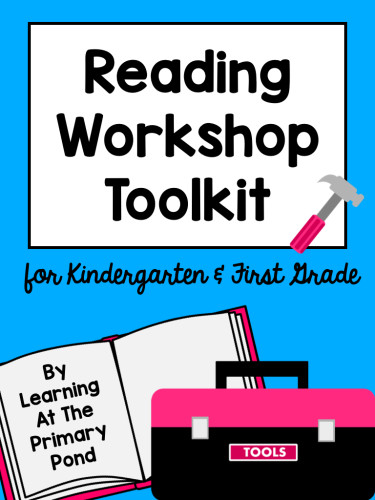
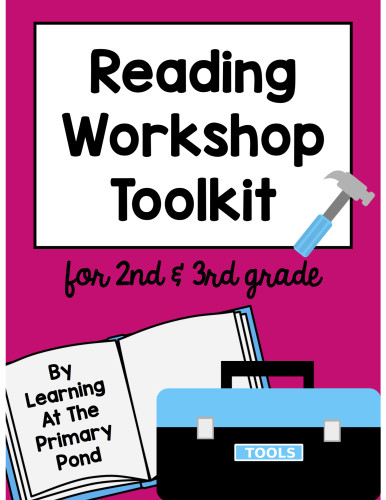
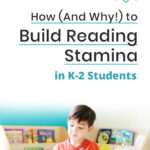
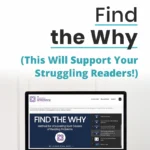


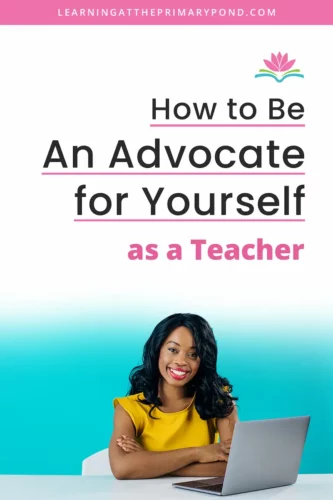
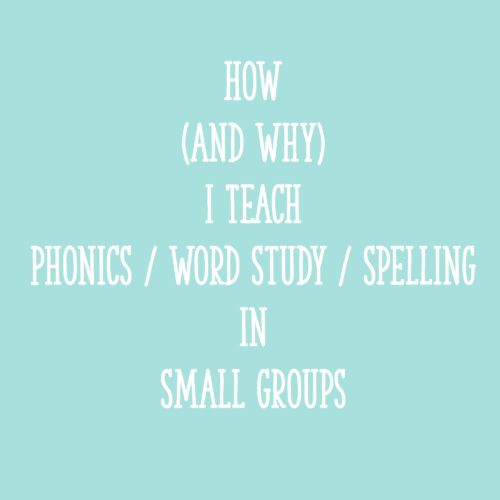






Thank you for sharing your strategies.
Thank you!
You are so welcome, Nicole! Thanks for reading. 🙂 Alison
Thank you for sharing your resources!
You are so welcome, Stephanie! 🙂 Alison
Would love to hear how you would teach struggling readers at a middle school level (especially 6th grade)!
I would love to hear suggestions for teaching reading to struggling year 5 and year 6 students. Particularly texts and activities that have been successful with boys.
Hi Susie! This is definitely not my area of expertise, but here are a couple of resources that might help:
Newsela (you can get leveled texts for free – current topics that would be interesting and don’t look “babyish” – but still readable) https://newsela.com/
High Noon Books (again, high interest texts with low readability that don’t look “babyish”) http://www.highnoonbooks.com/index-hnb.tpl
Maybe other readers will have some ideas to contribute, too!
Alison
Hi Susie! Working with struggling readers, grades 3 and up is my niche. Please feel free to visit my TpT store, Creative Pathways for Learning to get some ideas on how to help Upper Elementary Struggling Readers. You can also contact me at creativepways@gmail.com. Allison (yes, another Allison!!)
“. But one time during the running record, she looks at the picture and self-corrects a mistake (using meaning). Although the child isn’t using this strategy nearly often enough, it’s something that she is learning to do. In this situation, I’d praise the reader and put what she did into words (“You looked at the picture and fixed up your mistake! You thought about what would make sense.”). Then I’d focus on that strategy for a week or two until she was using it more consistently.” Looking at the picture is NOT a decoding strategy. There are no pictures in… Read more »
Hi Patrice, I agree, we don’t want our students guessing words. Over-relying on picture cues can send kids the wrong message about what reading is. They absolutely do need to learn phonetic decoding skills, phonics, all of that. Attending to meaning is also important, however, and something we want our students to also focus on when they’re reading. There’s a difference between guessing by looking at a picture and taking the meaning of the text into consideration – I apologize if that wasn’t clear.
Alison
Thank you!
You’re welcome!😃
Thanks for sharing.
Thank you!I hope you found the post helpful!😀
We begin with CV words (like “up” or “in”)
Do you see the error in this?
VC words are great as long as they are decodable. Short and sweet– They make great confidence builders. 🙂
I find your posts very helpful. Thank you for the freebies as well.
Great to hear, Alison!